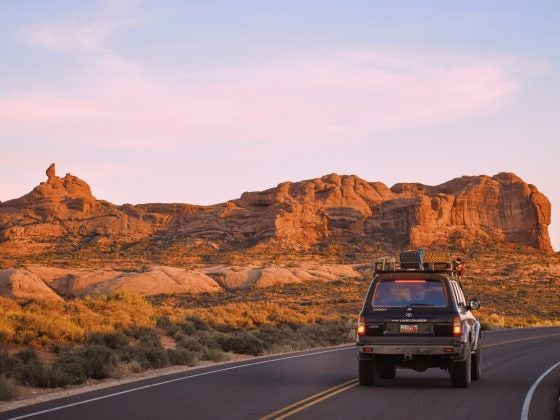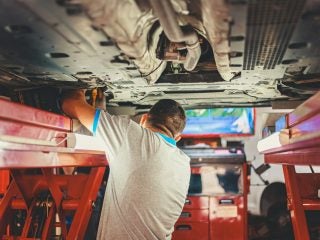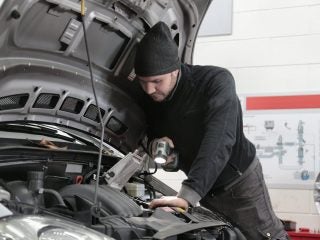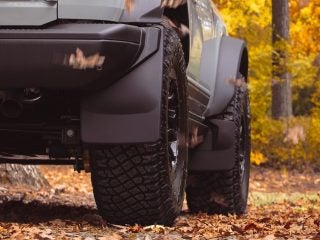As a classic car owner, it’s essential to know what eats paint off a vehicle. In addition to keeping your vintage car looking good as new. Protecting your paint can help boost its value should you choose to sell it later on.
Unfortunately, scratches and chips caused by accidents or poor parking aren’t the only things that can mess up your paintwork. Even the guys at https://shop.revologycars.com/collections/coyote-engine-motor will tell you there’s a handful of everyday stuff you didn’t know that when exposed to your classic car can deteriorate your paint and cause damage.
So what damages vintage car paint? Keep reading to discover the things that can potentially damage your paintwork.
1. Bird droppings
Every vehicle owner has had bird droppings on their car at one time or the other. Aside from the general inconvenience, bird droppings can leave behind permanent damage due to their acidic content. Especially if your vehicle is parked in an open space and under the sun, droppings will harden and eat away at your paint.
Whenever you notice bird droppings on your classic car, it’s best to act before it dries up and hardens. Use a soft wet towel and suitable cleaner to gently clean the area without scrubbing too hard to avoid scratching your paint. If the dropping has dried up and hardened, allow the cleaner to soak for a few minutes to dissolve the deposits before wiping away.
2. Bugs
Insects are another common culprit that may potentially damage the paint of your classic car. Similar to bird droppings, insects release fluids that can be highly acidic and may dissolve your paint. While the insects won’t harm the surface on initial contact, they can cause damage over time if left on your vehicle.
If you notice bugs on your classic car, it’s best to remove them sooner and clean the surface right away. Use a cleaning solution and let it sit on the car for a few seconds before gently wiping off and rinsing it off thoroughly.
As we mentioned previously, don’t scrub the exterior of your classic vehicle roughly; let the cleaner do its work and wipe away to avoid any further damage. You can also use car-detailing products that promise to leave a protective covering on your car’s paint. These products also repel bugs and protect your paintwork.
3. Tree sap
Another natural aspect that can surprisingly damage your classic car paintwork is tree sap. With time tree sap can eat away at your paint’s clear coat and cause discoloration and staining; if the weather is hot outside, the process is even accelerated.
This sticky substance can be challenging to remove, but it’s better to act sooner rather than later. Use a lot of rubbing alcohol or a suitable cleaning solution of your choice by wetting a washcloth and setting it on top of the area where the sap is.
After sitting for a few seconds, use the cloth to rub the area until this tree sap is cleared. If some tree sap remains, repeat the process until the surface is completely cleared. If some tree sap falls on your windshield, you can also perform the same technique; be sure to avoid using the windshield wipers until the sap is off. If the tree sap has completely dried, you can also use a box cutter blade to scrape it off slowly but do it carefully to avoid the blade scratching the paint.
4. Acid rain
Acid rain can also cause damage to the classic car’s exterior. Even after the water evaporates, the acidic components remaining will eat away at your paint, causing paint damage that can be hard to reverse. In addition to washing your car, there are some things you can do to get rid of acid rain marks on your vehicle.
Clay bars available at most hardware stores are commonly used to remove grime and stains from a car’s exterior. To use them, wet the surface of your vehicle and gently rub the clay bar back and forth. Wipe the area with a towel and repeat the process on all the affected areas.
You can also remove acid rain marks using a watermark remover dual action polisher or manually buffing the surface with a car-detailing product. If you aren’t sure of which method works for you, find ceramic coating brisbane specialists to help you protect your car from damage.
5. Using dirty rags and towels
Most people make the mistake of using dirty towels or rags to clean their classic cars. Whenever using a towel, ensure it is clean and don’t place it on the ground in between uses. Not only is this unhygienic, but the towel can pick up dirt and tiny particles that may scratch the surface of your car. While you may not notice the scratches first, they can accumulate over time and become more noticeable.
Also, while a towel or rug may feel soft to the touch, it doesn’t mean it’s right to use for cleaning your vintage car. Always look for a microfiber towel or washcloth and ensure to clean it after use. The last thing you want is as you are trying to take care of your car, you are damaging it.
6. Soda or coffee
When grabbing your soda or morning coffee, be careful not to spill it on your car’s paintwork. If you usually place your drink on top of the vehicle, remember to take it before driving away. Both soda and coffee have high acidity levels that can eat away at your car’s paint. If you spill any of these drinks on your classic car, clean the area as soon as possible.
7. Gas
Whenever filling up your classic car at the gas station, be careful to avoid spilling the gas onto your paint. If gas leaks on your paint, don’t let it sit; clean the area with a cleaning solution and water as soon as possible. Waxing your classic car every six months protects your car paintwork from such accidents.
Certain substances can damage the exterior of your classic car faster than others. However, this is usually dependent on various factors. The bottom line is always to clean your vintage car as soon as you notice anything on the surface.

















